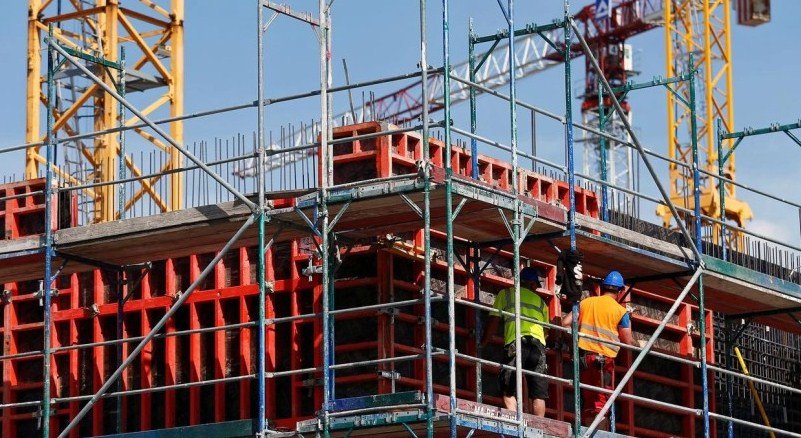Georgia saw an increase in the number of construction permits issued in 2023, compared to the previous year, according to the latest data from the National Statistics Office of Georgia (Geostat). The growth reflects the recovery of the construction sector from the impact of the COVID-19 pandemic and the demand for new residential and commercial projects.
Construction Permits by Region and Type
Geostat reported that 11,279 construction permits were issued in Georgia in 2023, which is 4.2% more than in 2022. The total area of the construction projects covered by the permits was 8.1 million square meters, which is 9.7% more than in 2022.
The majority of the permits were issued in four regions of the country: Tbilisi, Mtskheta-Mtianeti, Kvemo Kartli, and Imereti. These regions accounted for 77.9% of the total number of permits and 82.4% of the total area of construction projects.

The most common types of construction projects that received permits were multifunctional residential complexes, hotels, trade facilities, industrial enterprises, agricultural objects, and other facilities. Multifunctional residential complexes had the largest share in the total number of permits (32.4%) and the total area of construction projects (40.6%).
Construction Sector Performance and Outlook
The increase in the number of construction permits issued in 2023 indicates the improvement of the construction sector performance and outlook in Georgia. The sector was severely affected by the COVID-19 pandemic and the related restrictions in 2020 and 2021, which resulted in a decline in the construction output and employment.
According to Geostat, the construction sector output decreased by 9.8% in 2020 and by 5.4% in 2021, compared to the respective previous years. The number of employed persons in the construction sector also decreased by 8.8% in 2020 and by 4.9% in 2021, compared to the respective previous years.
However, the sector showed signs of recovery in the second half of 2021, as the COVID-19 situation improved and the vaccination rate increased in the country. The construction sector output increased by 13.4% in the third quarter of 2021 and by 18.9% in the fourth quarter of 2021, compared to the same periods of 2020. The number of employed persons in the construction sector also increased by 5.6% in the third quarter of 2021 and by 9.7% in the fourth quarter of 2021, compared to the same periods of 2020.
The positive trend continued in 2023, as the construction sector output increased by 15.6% in the first quarter of 2023 and by 17.2% in the second quarter of 2023, compared to the same periods of 2022. The number of employed persons in the construction sector also increased by 7.8% in the first quarter of 2023 and by 10.4% in the second quarter of 2023, compared to the same periods of 2022.
The construction sector is expected to maintain its growth momentum in the coming quarters, as the COVID-19 situation remains stable and the government continues to support the sector with various stimulus measures. The government has allocated 1.5 billion GEL ($450 million) for the implementation of infrastructure projects in 2023, which will create new jobs and boost the demand for construction materials and services. The government has also extended the preferential mortgage program until the end of 2023, which will stimulate the demand for residential properties and encourage the development of new housing projects.
The construction sector is one of the key drivers of the Georgian economy, as it contributes to the gross domestic product (GDP), employment, investment, and exports. According to Geostat, the construction sector accounted for 8.2% of the GDP, 7.6% of the total employment, 9.4% of the total fixed capital formation, and 4.1% of the total exports of goods and services in 2022. The sector is also closely linked to other sectors, such as manufacturing, trade, transport, and tourism, and has a significant multiplier effect on the overall economic activity.
